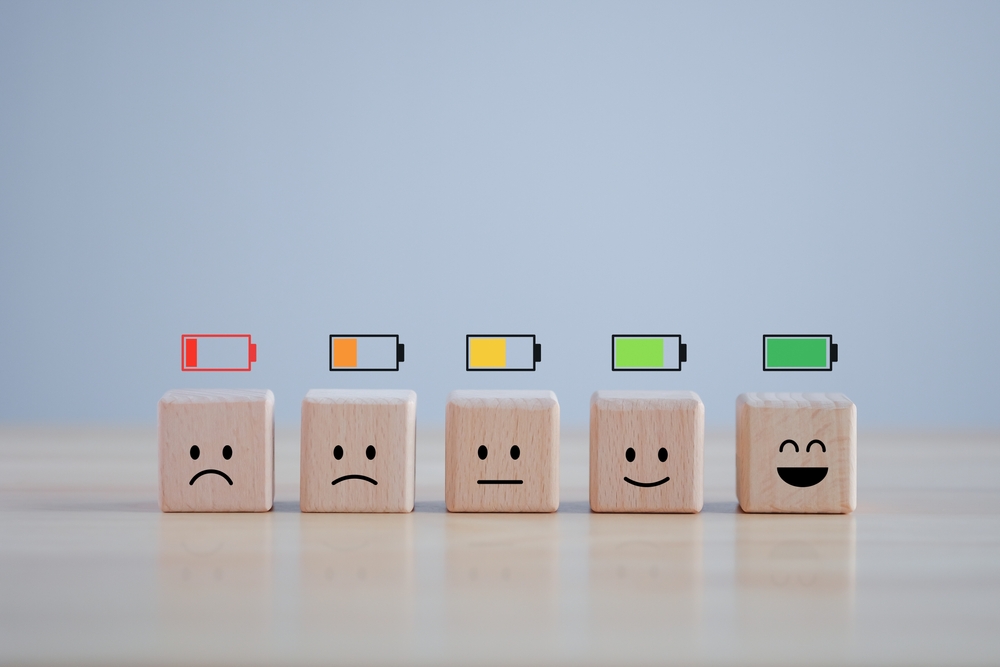A recent study by Talker Research revealed that 67% of smartphone users begin to feel anxious when their device’s battery drops below 40%. This experiment supports medical concerns about growing psychological dependence on doomscrolling, especially among younger users.
The survey highlighted that anxiety commonly starts when the battery reaches around 38%, with only a third of participants saying they could wait calmly until the level drops below 20%. A smaller group—just 13%—reported they could comfortably use their phones down to 10% without discomfort. On the other hand, 25% of respondents begin to experience stress even earlier, when the battery falls below 50%.

In total, 2,000 people took part in the study, with an equal number of men and women. These findings point to a widespread and deep-rooted emotional connection to smartphones, particularly regarding the fear of being disconnected.
Preferences in Battery Display Settings
The survey also explored how users prefer to monitor their battery levels. The results showed that 61% of users opt for a numerical percentage to track their charge. For the remaining 39%, a visual icon representing the battery level is sufficient.
This detail may seem minor, but it illustrates how seriously people monitor their smartphone’s remaining power. Whether using exact numbers or graphical indicators, users are highly attuned to the status of their devices—often linking it to feelings of security or stress.
Growing Awareness of Digital Dependency
The psychological effects associated with battery levels underscore a broader trend of digital dependency, notes NIXSOLUTIONS. As awareness grows, studies like this one offer important insights into how technology affects emotional well-being. While only a minority feel completely calm when their phone is nearly out of power, the majority experience some form of anxiety long before reaching that point.
We’ll keep you updated as more research and integrations around smartphone habits and digital wellness become available.
